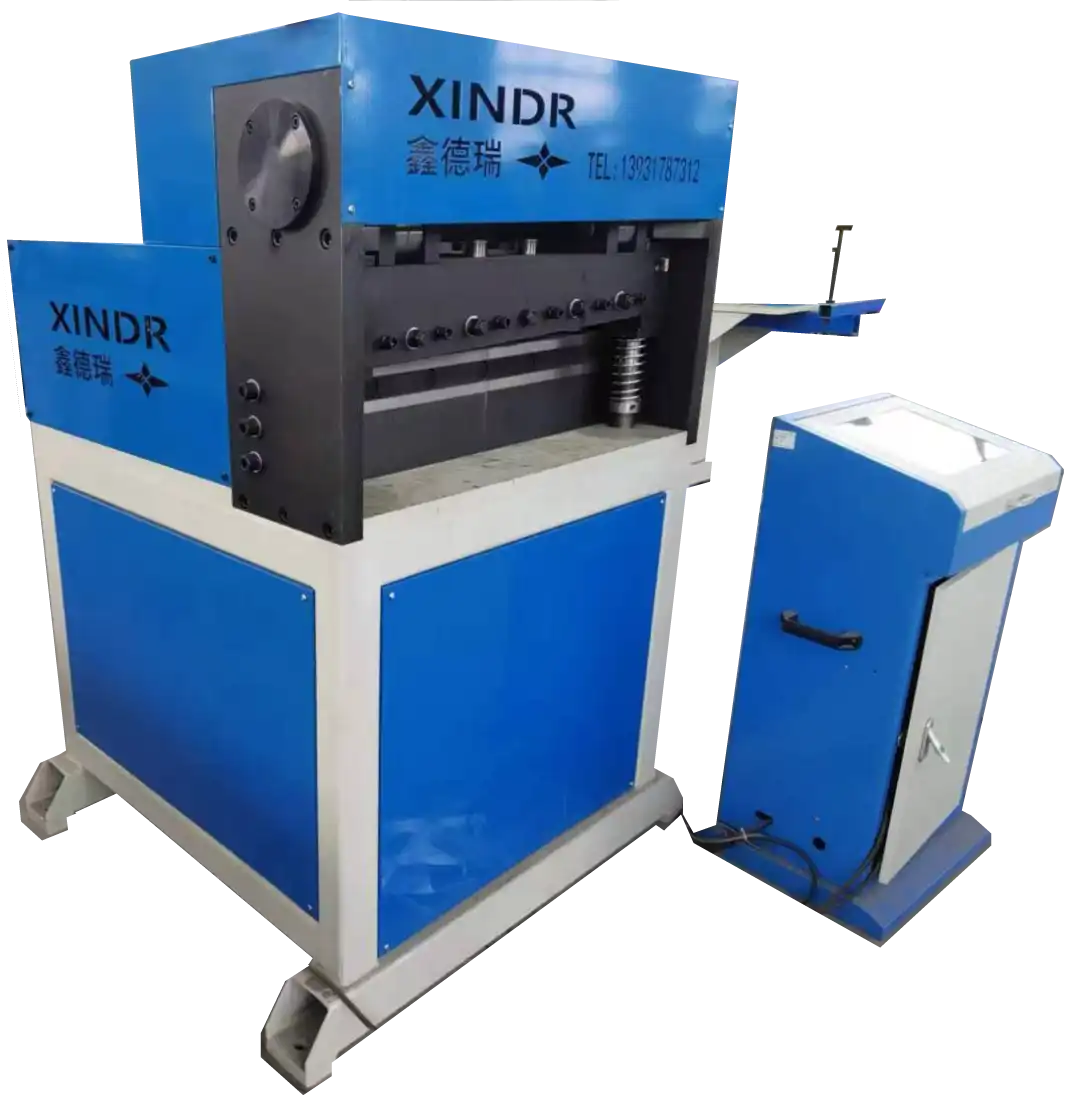



polyacrylamide preparation
Polyacrylamide Preparation An Overview
Polyacrylamide (PAM) is a versatile polymer widely used in various fields such as wastewater treatment, soil conditioning, and gel electrophoresis. Its utility stems from its ability to absorb water and form a gel-like consistency, making it an essential material in both industrial and laboratory applications. The preparation of polyacrylamide involves several critical steps and considerations to ensure high-quality production.
Understanding the Composition
Polyacrylamide is produced through the polymerization of acrylamide monomers, which can be achieved through different methods such as free radical polymerization. The reaction involves acrylamide, a water-soluble compound, that can be obtained by hydrolyzing acrylonitrile. It is essential to note that acrylamide is a neurotoxin and a potential carcinogen, which necessitates careful handling and strict safety protocols during the preparation process.
The preparation of polyacrylamide can be optimized by adjusting the concentration of acrylamide and the ratio of acrylamide to a crosslinking agent, such as N,N'-methylenebisacrylamide (BIS). The crosslinker is crucial for controlling the viscosity and the gel's strength. Typically, polyacrylamide gels can be prepared with acrylamide concentrations ranging from 5% to 15%, depending on the intended application.
Polymerization Process
The polymerization process begins by mixing the acrylamide monomer with the crosslinker in an appropriate aqueous solution. The mixture is then subjected to a radical initiator, which can be either a chemical such as ammonium persulfate (APS) or a photoinitiator activated by UV light. Chemical initiators initiate the reaction by generating free radicals that promote the linking of acrylamide molecules together to form long polymer chains.
polyacrylamide preparation

The polymerization reaction can be influenced by various factors, including temperature, pH, and the presence of salts or other additives. Typically, the reaction is carried out at room temperature, but elevated temperatures can be used to speed up the process. The optimal pH for polymerization is around neutral, as extreme pH levels can negatively impact the yield and quality of the polyacrylamide formed.
Post-Polymerization Treatment
Once the polymerization is complete, the resultant gel needs to be purified to remove unreacted monomers and any residual initiators. This purification process may involve washing the gel with distilled water and lyophilization (freeze-drying) to yield a stable powder form of polyacrylamide. The final product can be stored in a cool, dry place to prevent degradation and ensure longevity.
Applications of Polyacrylamide
Polyacrylamide is used extensively across different sectors. In the field of biochemistry and molecular biology, it serves as a matrix for gel electrophoresis, which is crucial for separating proteins and nucleic acids. Additionally, it finds application in soil management, where it helps retain moisture and improve soil structure. In wastewater treatment, polyacrylamide is used as a flocculant, aiding in the removal of suspended particles and improving sedimentation rates.
Conclusion
The preparation of polyacrylamide is a carefully controlled process that requires an understanding of chemical reactions and material properties. As its applications continue to expand in various domains, the demand for high-quality polyacrylamide will remain significant. Understanding the nuances of its preparation not only enhances its utility but also ensures that it is used safely and effectively. As research in polymer science progresses, the methods and applications of polyacrylamide will undoubtedly evolve, paving the way for innovative solutions in both industrial and scientific endeavors.
-
Why Sodium Persulfate Is Everywhere NowNewsJul.07,2025
-
Why Polyacrylamide Is in High DemandNewsJul.07,2025
-
Understanding Paint Chemicals and Their ApplicationsNewsJul.07,2025
-
Smart Use Of Mining ChemicalsNewsJul.07,2025
-
Practical Uses of Potassium MonopersulfateNewsJul.07,2025
-
Agrochemicals In Real FarmingNewsJul.07,2025
-
Sodium Chlorite Hot UsesNewsJul.01,2025










